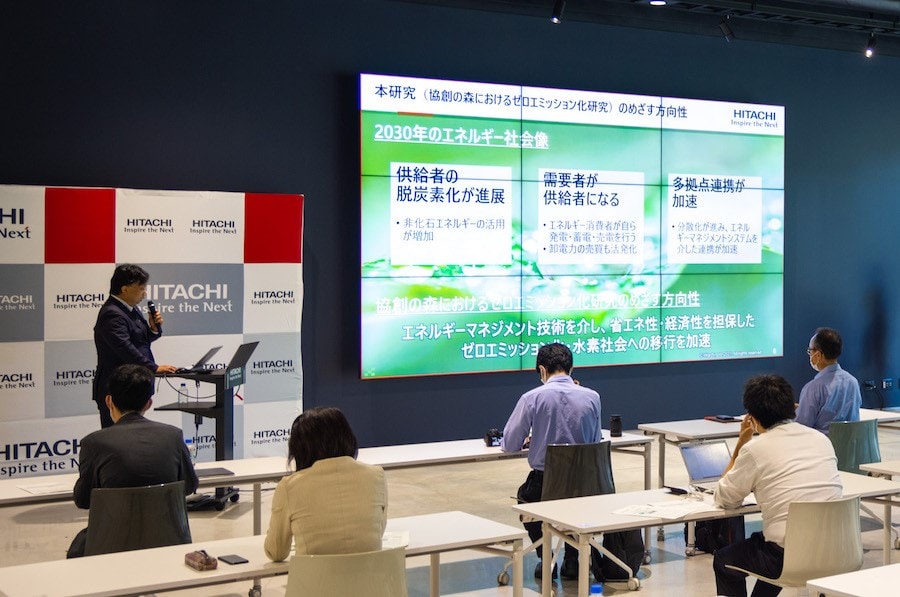Toward Sustainable Agriculture in Iwamizawa City: Growing Expectations for Hitachi's Stand-alone Nanogrid
Mar. 30, 2022
Akihiko Nakasaku
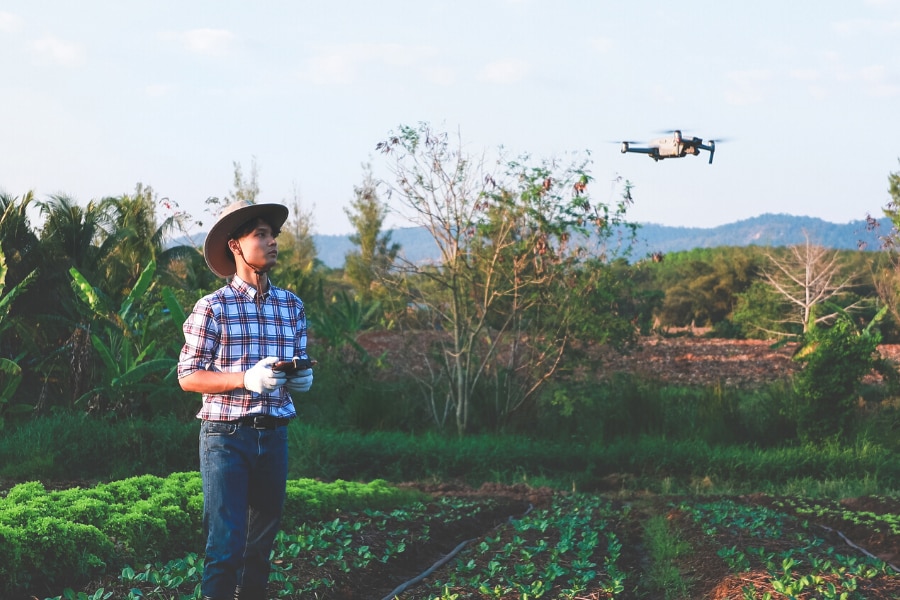
At Iwamizawa City, Hokkaido, in November 2021, Hitachi, Ltd. and Hitachi Hokkaido University Laboratory, which is a joint research facility with Hokkaido University, established a demonstration facility for a stand-alone nanogrid.
Stand-alone nanogrid is a small-scale power system that realizes the idea of the "local production for local consumption" of energy by providing local regions with their own sources of energy that utilize solar, hot spring gas, and other types of alternative energy.
While promoting smart agriculture for Iwamizawa City, a municipality with a declining farming population, such systems have growing expectations as emergency power sources in times of disaster. This article investigates the details of this initiative.
Challenges for a depopulating Iwamizawa City
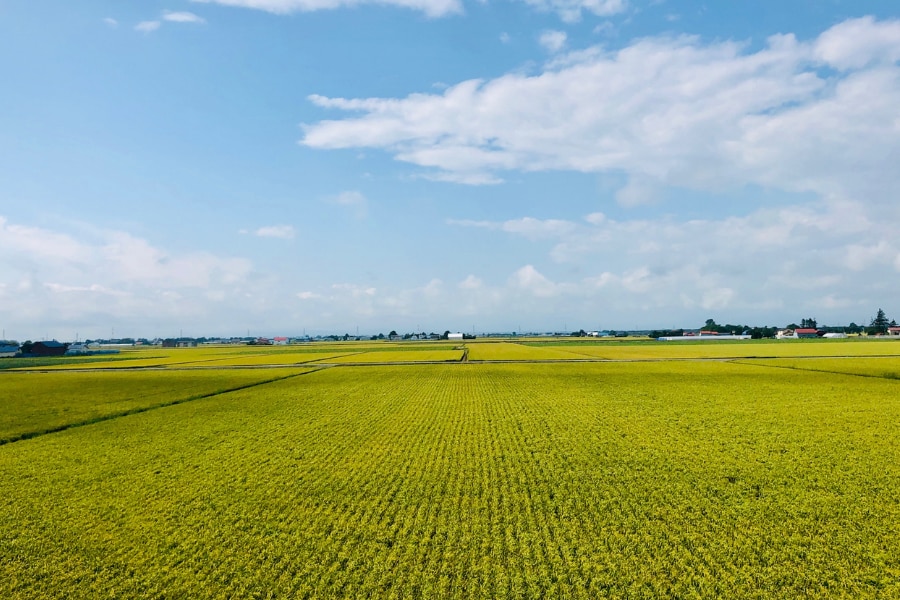
Located approximately 40 kilometers northeast of Sapporo, Iwamizawa City is a medium-sized city with an area of 481 square kilometers and a population of about 78,000. Like many other regional cities, Iwamizawa city is experiencing a rapid decrease and aging of the population along with a sharp decline in birthrate. As a result, the city is facing a major challenge, that of how to improve the sustainability of its key industry: agriculture.
Iwamizawa City is also grappling with how to supply stable electrical power—infrastructure essential for daily life—to all city residents, as an issue directly related to the city's widely dispersed residential areas. The 2018 blackout, which affected the entire area of Hokkaido, left Iwamizawa City continuously without power for over a day, highlighting the risk of depending on existing power systems.
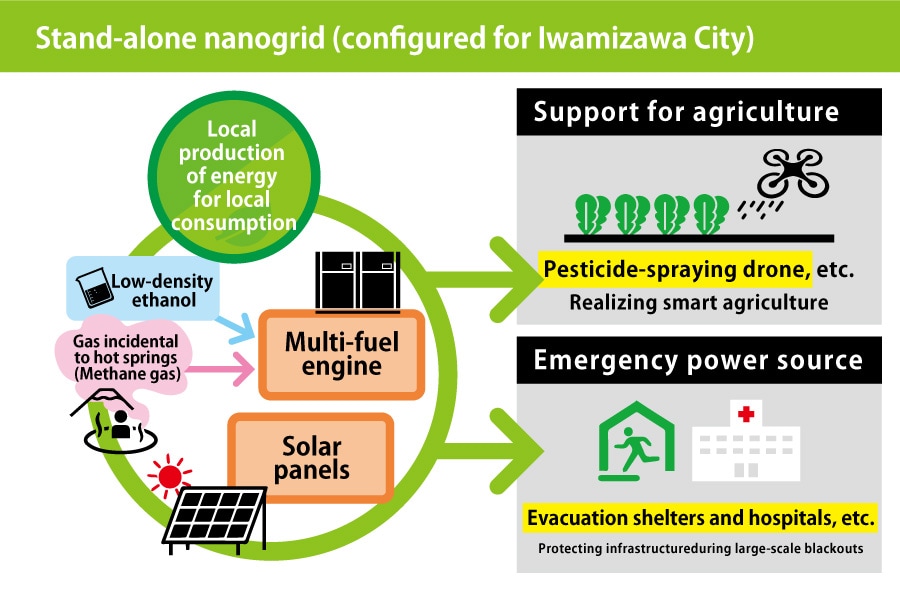
The solution to this issue is expected to be found in a stand-alone nanogrid, which does not depend on existing power systems. A nanogrid is a small-scale power system in which the aim is to achieve the local production for local use of power by providing regions with their own energy supply source and consumption facilities without depending on power supplies from large-scale power stations.
The facility conducting demonstration testing for this project is pursuing the use of nanogrid as a way to support agriculture and to provide an emergency power source. Mr. Nobuyuki Kise, Information Policy Department Manager, spoke of the project as follows:
"Entrusting everything to power companies, including risk management, is in reality a difficult situation. We believe that a compact nanogrid will lead to solutions to the problems of regional communities."
Generating power from solar and hot-spring gas
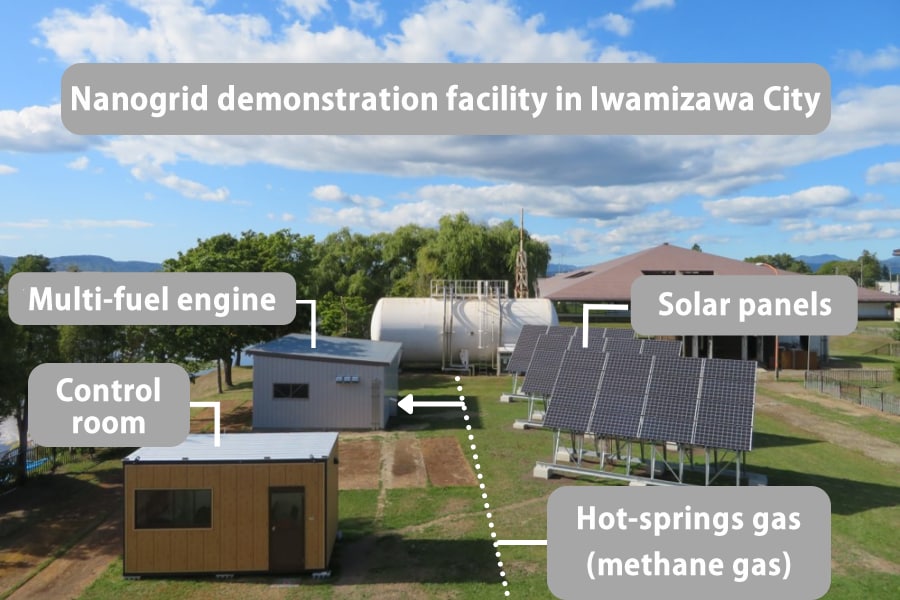
The nanogrid currently undergoing demonstration testing combines a multi-fuel engine, which burns multiple types of fuel, with solar panels and is capable of generating 25 kilowatts of electricity.
The fuels responsible for 15 of these kilowatts are the methane gas that is emitted by hot springs located within the city and the low-density ethanol obtained by fermenting the vegetable waste generated during the harvesting of crops.
Iwamizawa City has several hot springs, and the nanogrid has been installed next to a hot-spring hotel. Hot-springs gas has a history of use by hotels, but any excess gas has always been thrown away. The nanogrid instead, uses this gas, creating a mix of 70% hot-springs gas and 30% light oil, which is then combusted to generate power.
The system is configured so that the remaining 10 kilowatts is generated by solar panels. If their power generation fluctuates due to weather or other factors, the combustion of the multi-fuel engine is controlled in order to ensure the stable generation of 25 kilowatts of power.
Demonstration of the electricity generated by this system as a power source for agricultural drones is underway. This electricity can also be used as an emergency power source during times of disaster.
Nanogrid: Also reducing CO2 emissions
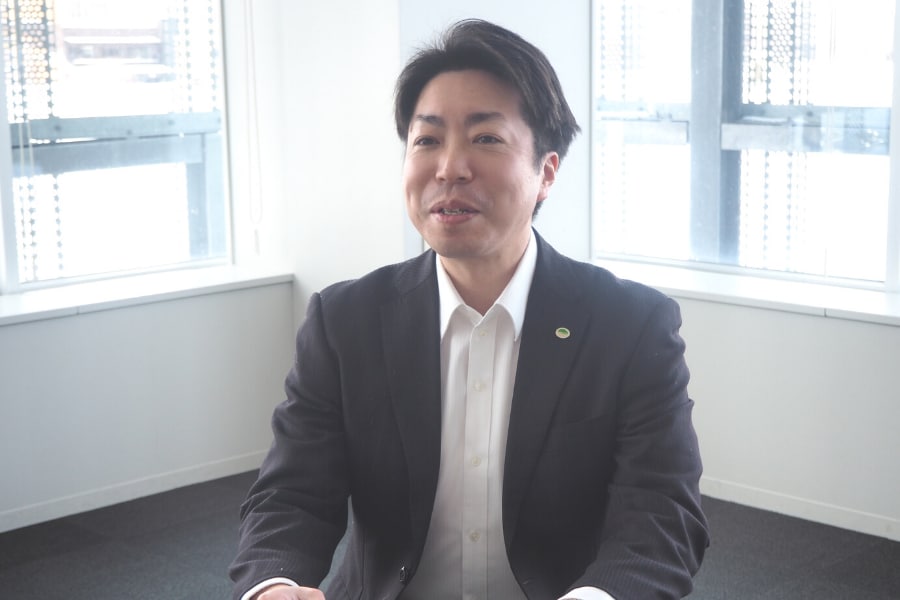
According to Takashi Takemoto of Hitachi Hokudai Lab., which is conducting the demonstration testing of nanogrid, "By using discarded hot-springs gas and solar power, we can reduce electrical charges to farmers by 70% over previous years." In addition:
"The use of power obtained via the Hitachi nanogrid will enable the low-cost operation of agricultural drones used for spraying pesticides and other tasks. I believe that this will enable us to reduce the financial burden on farmers and to help ensure the sustainability of agriculture."
The full-scale demonstration testing of agricultural drones is scheduled to begin in spring 2022. Expressing his excitement about future potential, Takemoto said that, "From now on, we are planning to team up with drone manufacturers and farmers and proceed with operational tests."
Takemoto says that by decreasing dependence on fossil fuels, CO2 emissions can be reduced by 30% compared to existing power systems. This will make it possible to reduce CO2 emissions associated with agricultural operations and contribute to low carbonization.
According to Mr. Kise: "The realization of a decarbonized society calls for reductions in CO2 emissions across all fields. By going with renewable energy instead of fossil fuels in agricultural production, I believe that we can reduce CO2 emissions and move closer to carbon neutral."
Growing expectations for the nanogrid
Mr. Kise says that, in addition to use in agriculture, Iwamizawa city has high expectations for the nanogrid as a power source for protecting the safety of city residents in case of emergencies.
"Electricity is indispensable to modern life. We see having a nanogrid present during emergencies as a way of enabling city residents to confidently live their lives. We have great expectations for the potential of this project."
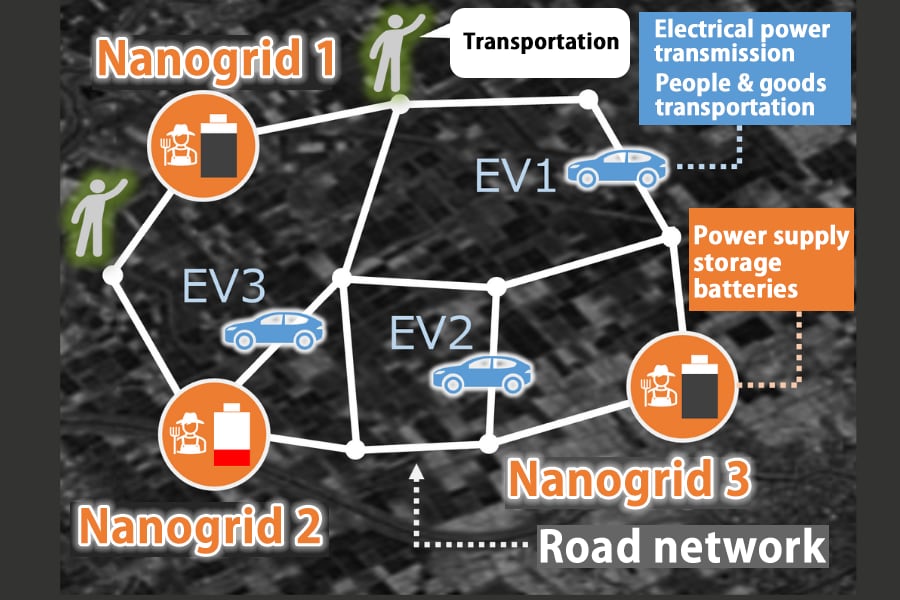
Expectations are even higher for the interconnection of nanogrids. Hokkaido has other regions beside Iwamizawa City that are facing the challenges of securing emergency-use power sources and of depopulation.
In response, Hitachi is planning to deploy nanogrids to other regions. Hitachi's goal is to then link regional nanogrids and to connect networks comprising storage batteries, EVs, and other such components, in order to create energy systems with mutual power accommodation capabilities.
Takemoto says: "First, we want to use the Iwamizawa city’s nanogrid to create an industrial model that combines renewable energy sources. In the future, we hope to be able to link the nanogrids and provide various services centered on renewable energy, and that such efforts will provide a model for future development."



